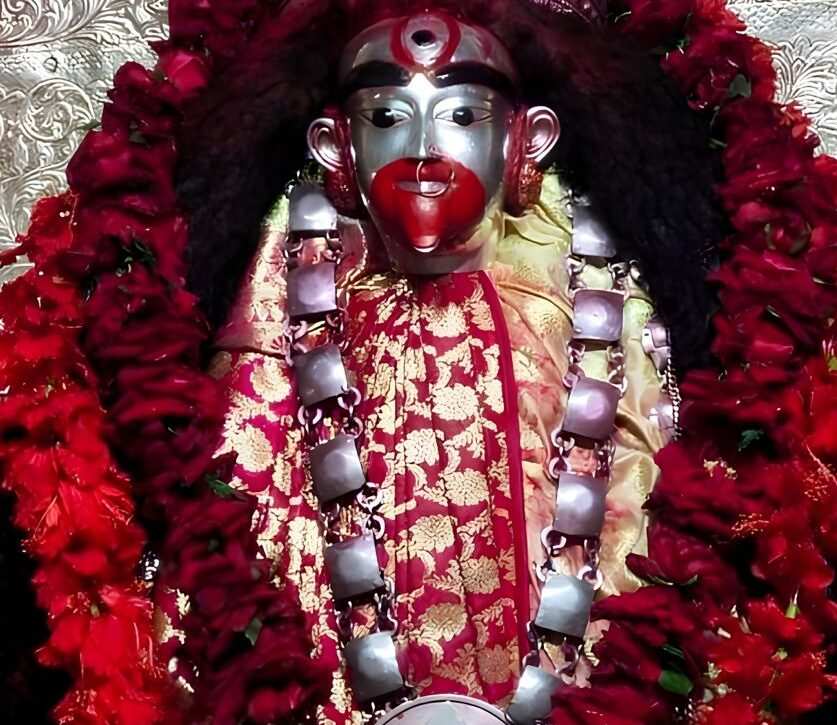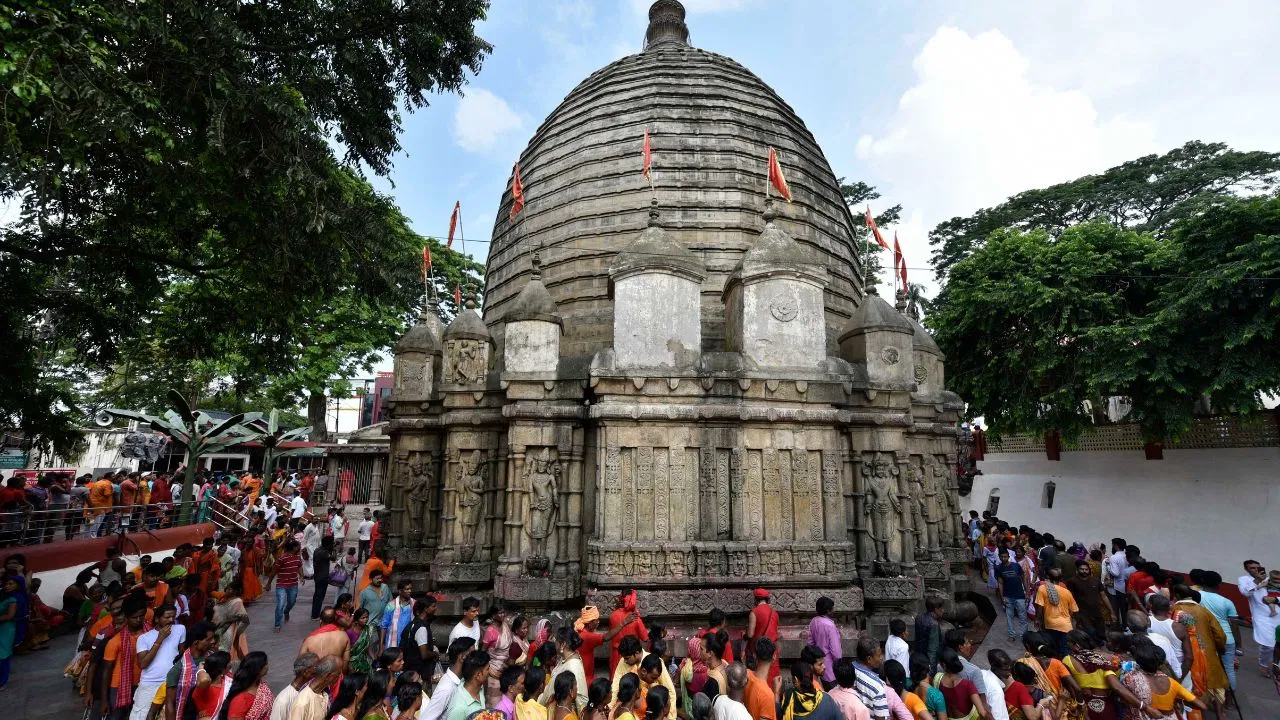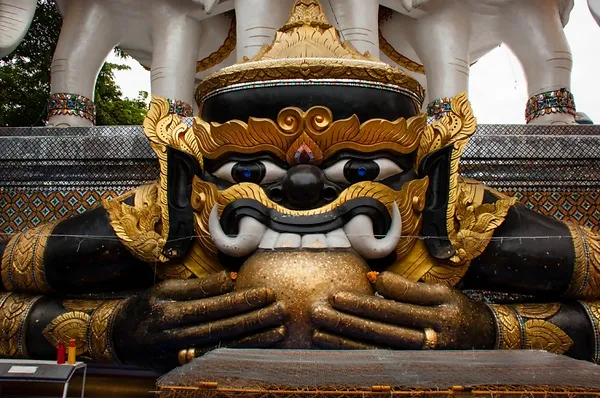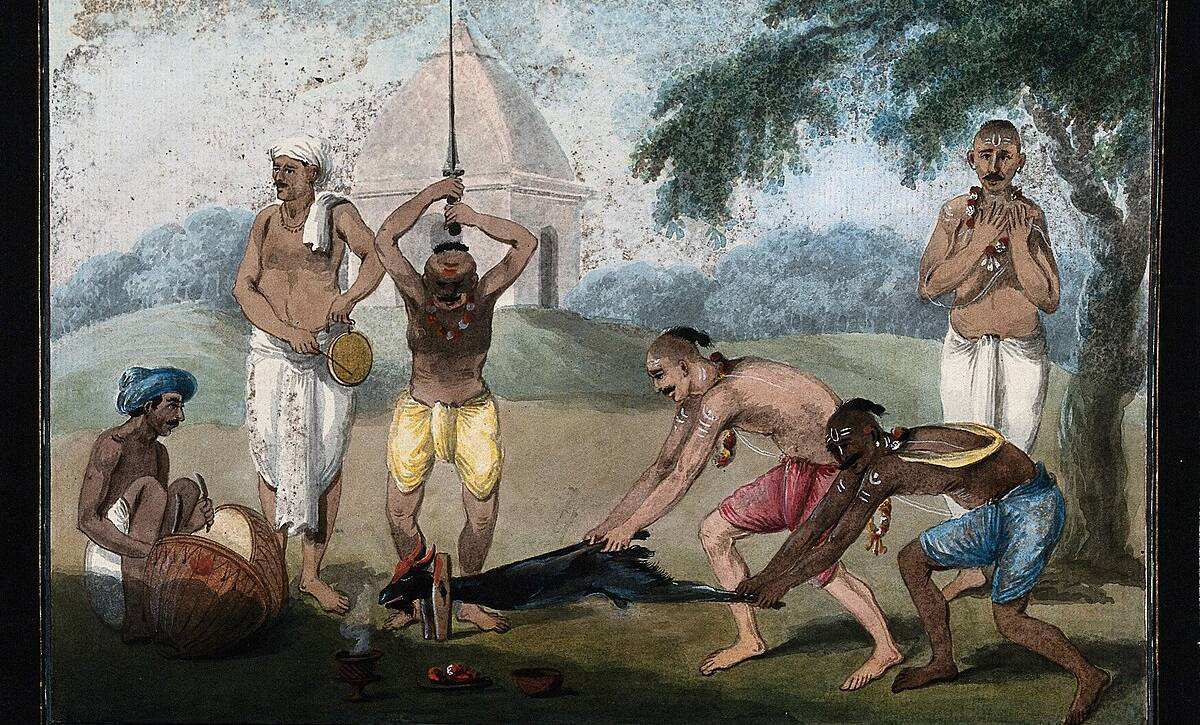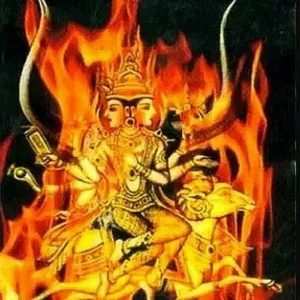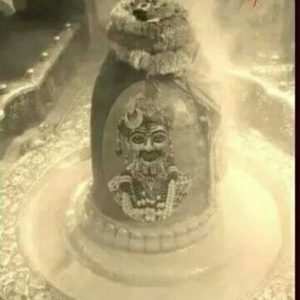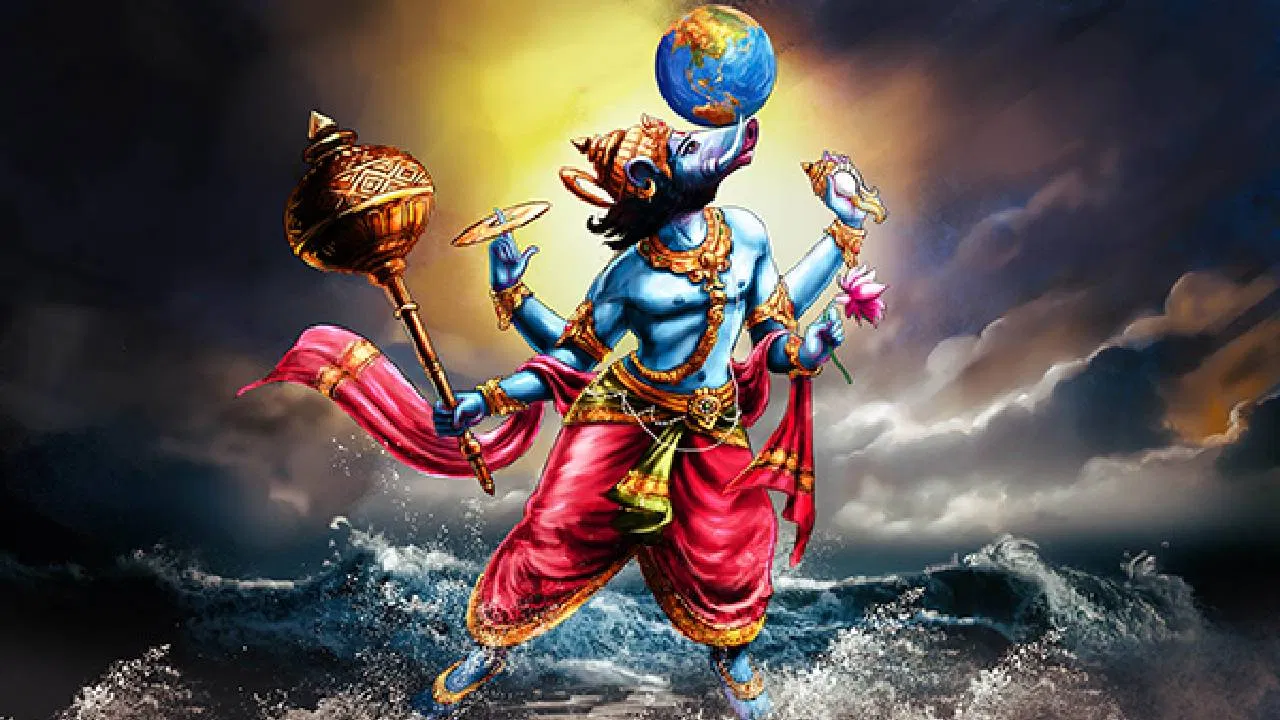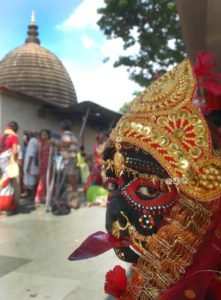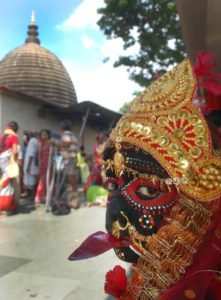Every Amavasya night is a great time to do upasana of Kali and related forms. Tonight is the great Kaushiki Amavasya, where a Mela is held in Tarapith, and all Tantra sadhakas and Shakti upasakas gather in the holy precincts of this ancient temple town, named after the great saviouress Ugratara. Most people do not…
